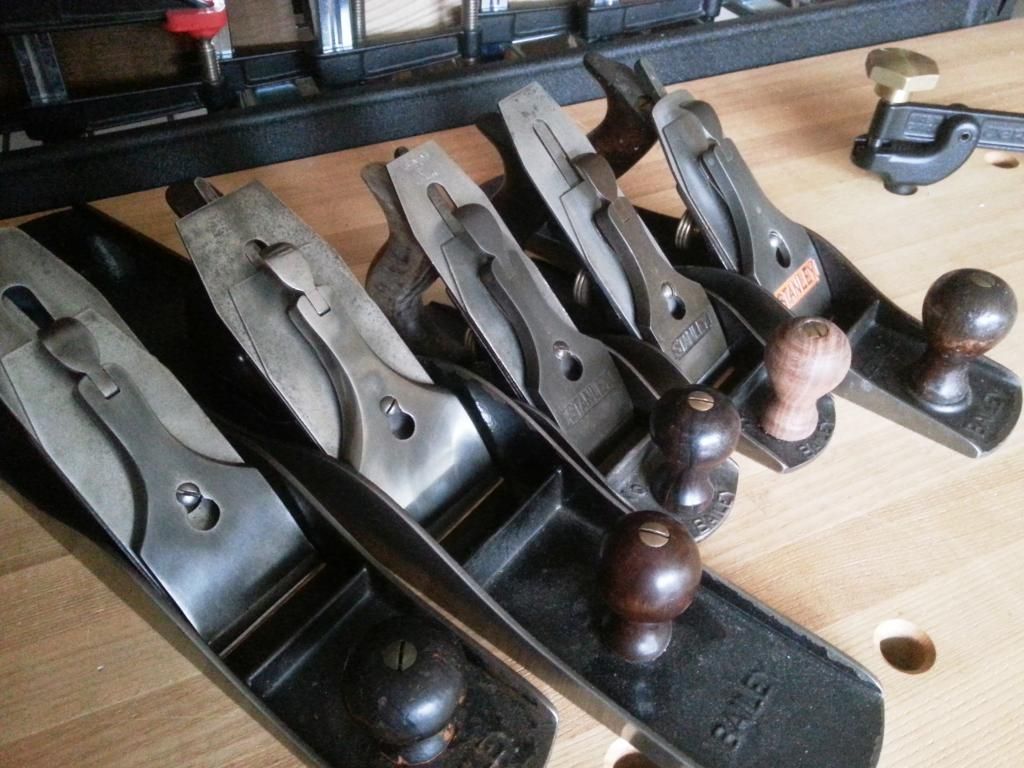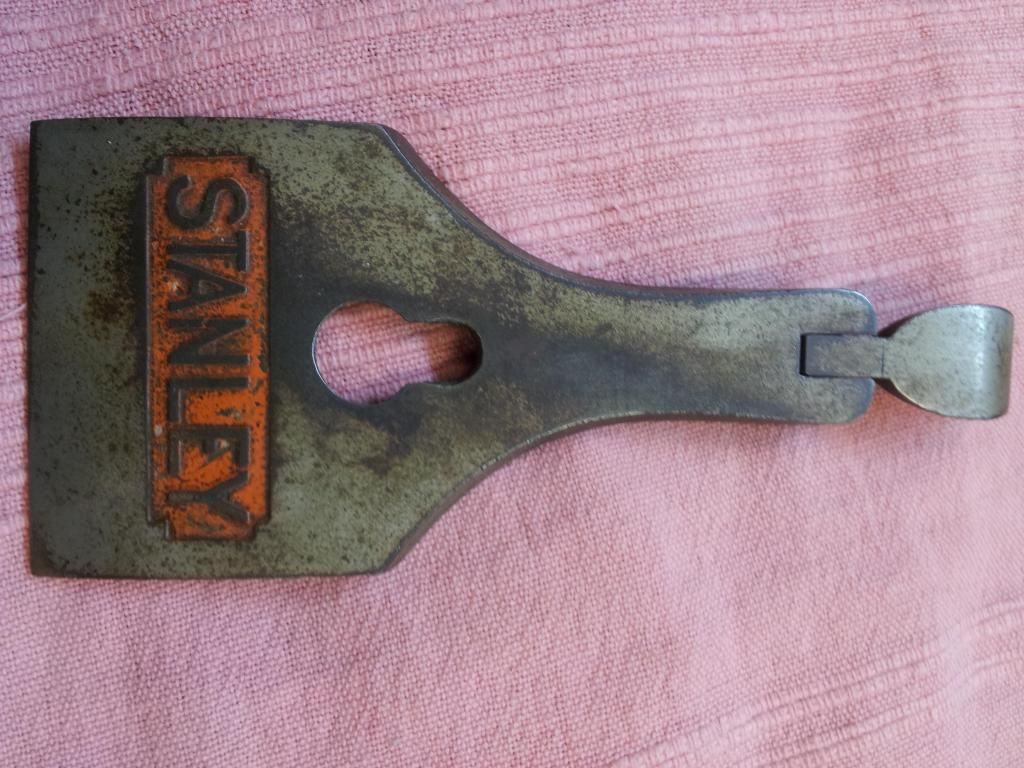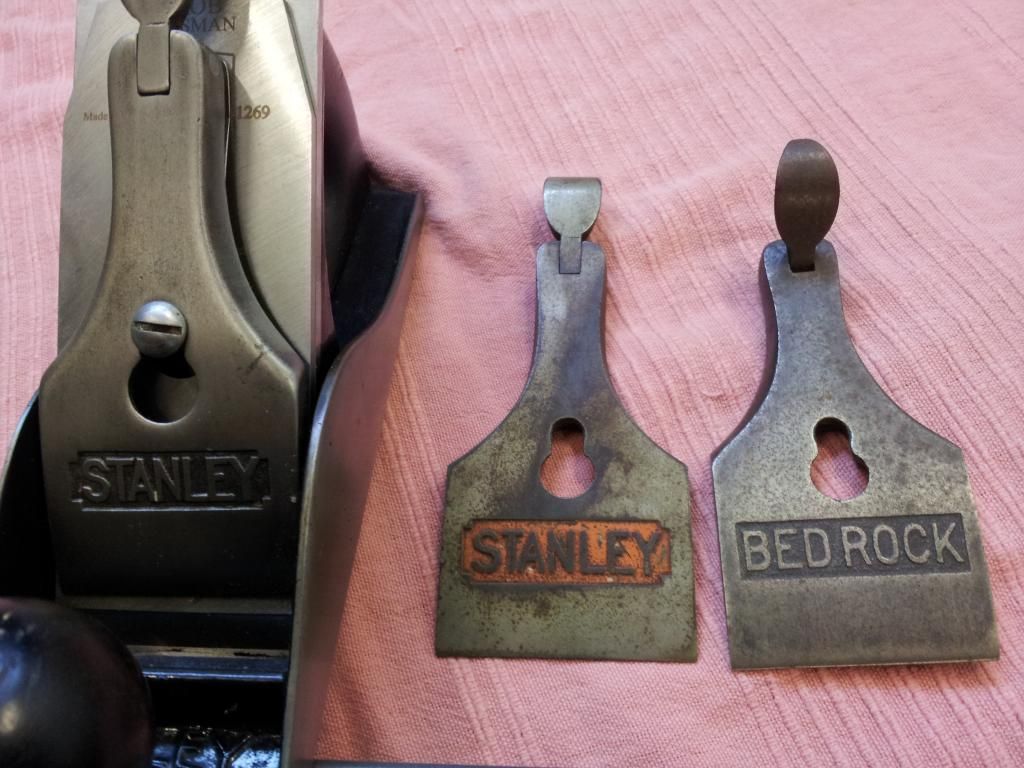It does depend a bit on whether you are talking about a valuable old plane which you want to look old but cared for; or a rusty lump that you want to look brand new again. Either way it needs a two part answer:
Part 1 - Stanley style nickel plated or chromed caps
If most of the chrome or nickel is still there, a good rub with chrome polish such as Autosol.
If it's still mostly plating but has some rust pits, gentle use of Micromesh lubricated with WD40.
If the plating has been replaced by rust, treat as other rusty metal - see
https://www.ukworkshop.co.uk/forums/old-tool-cleaning-part-2-rust-removal-with-abrasives-t64233.html
Here's an example on a very old plane of a cap with no plating left but with the sort of fine surface you can get by careful use of abrasives, working through the grits. I think the lever cap looks in keeping with the rest of the plane.
Part 2 - Infill plane style brass or bronze lever caps
Don't use Brasso! To my eyes (and I am sure I am not alone in this) highly polished brass looks entirely wrong on an old tool.
So the rule is to go slowly and carefully.
You might just need to get the dirt off. Start with a soft cloth such as an old towel or t-shirt. If that's not enough, use some solvent (lighter fuel is good) with a rag or toothbrush.
If the brass is really tarnished, a gentle rub with either microcrystalline wax or Maas Polish can bring it back to life without making it look too new. More details and pictures here:
https://www.ukworkshop.co.uk/forums/old-tool-cleaning-part-1-use-of-wax-t64195.html




































